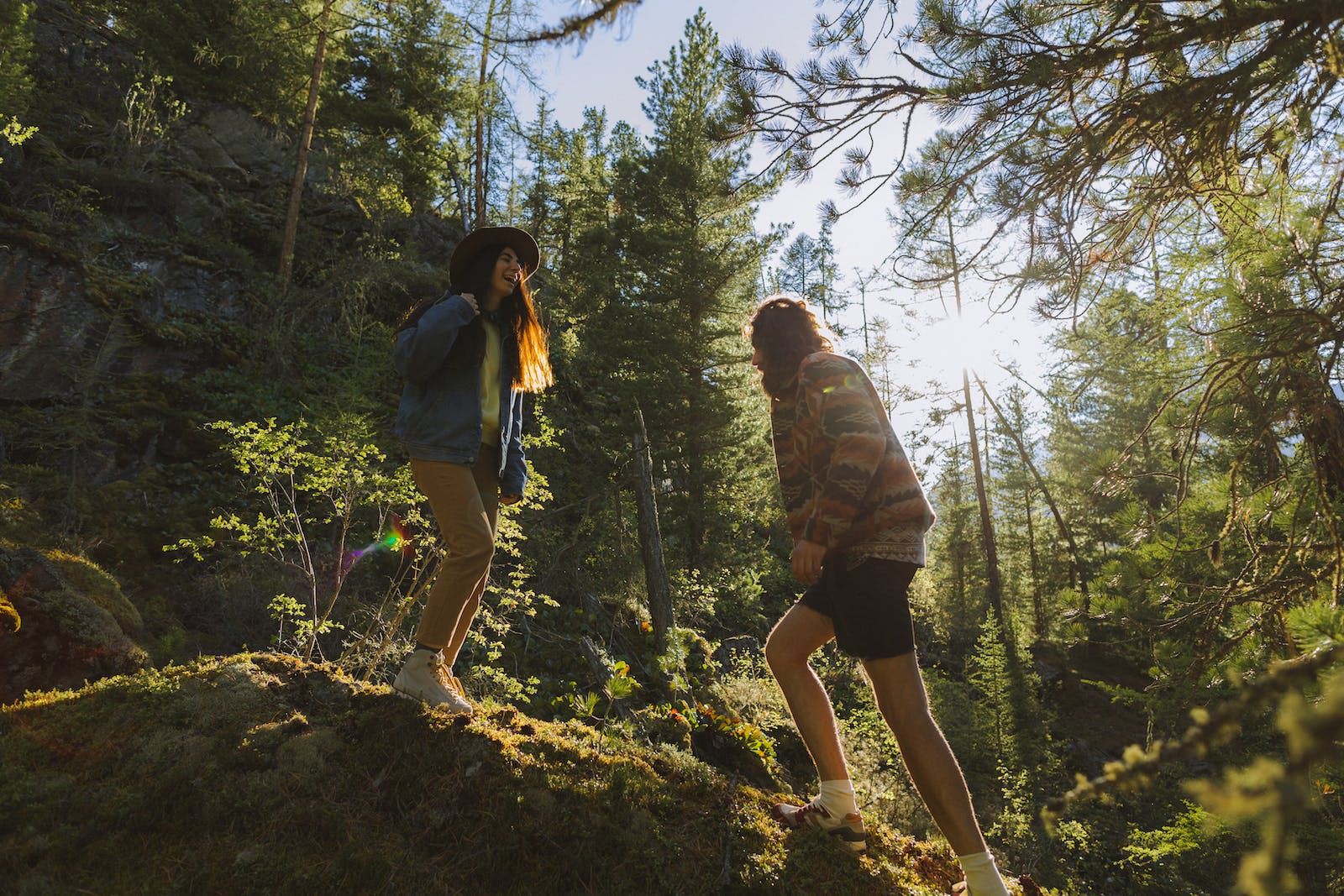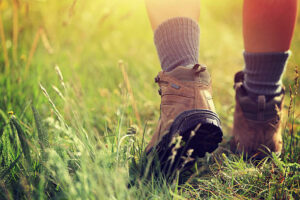When it comes to trekking and hiking, having the right footwear is paramount for a comfortable and enjoyable experience. Women adventurers often require trekking shoes that not only offer the necessary support and durability but also cater to their unique needs. In this article, we’ll explore the world of trekking shoes for women, helping you choose the perfect pair for your outdoor adventures.
Table of Contents
The Importance of Proper Footwear
Before delving into the specifics of trekking shoes for women, it’s essential to understand why the right footwear matters. Your feet are your most valuable assets on any trekking journey. Wearing shoes that don’t fit properly or are not suitable can result in discomfort, blisters, and even potential injuries. Therefore, choosing the right pair of trekking shoes is crucial for both novice and experienced hikers.
In this video, mentions 5 Recommended Trekking shoes. Below Other Popular Best Shoe Brands I Recommended…
Types of Trekking Shoes
1. Hiking Boots
Hiking boots are known for their robust build and ankle support. They are ideal for challenging terrains, providing stability and protection against sharp rocks and uneven surfaces.
Columbia Womens Peakfreak Ii Mid Outdry Boot
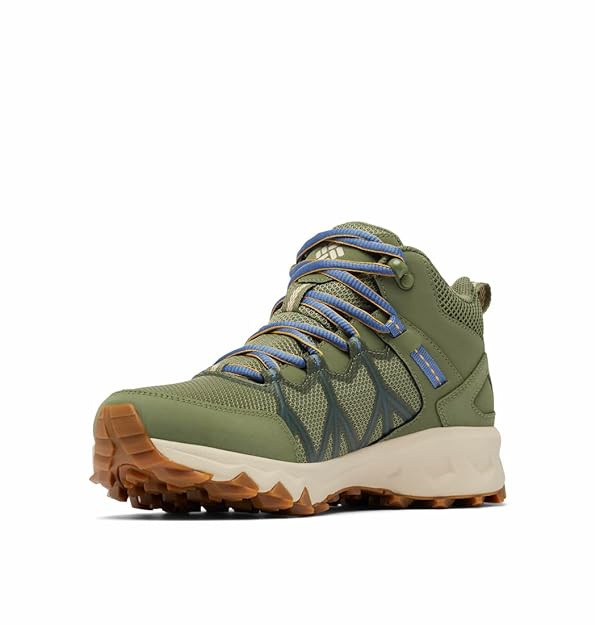
Columbia Women’s Crestwood Waterproof
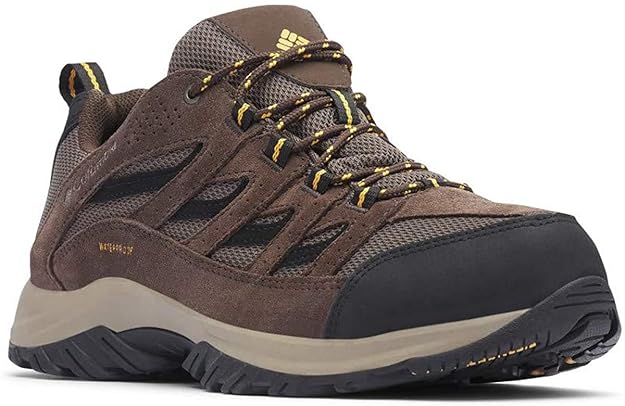
Columbia Womens Crestwood Mid Waterproof Boot
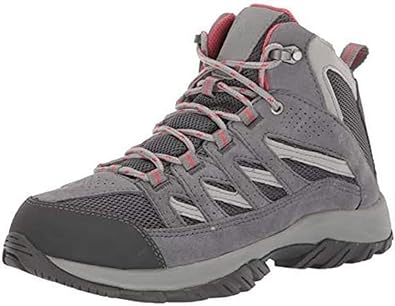
Columbia Women’s Redmond V2 WP Pebble Hiking Shoes
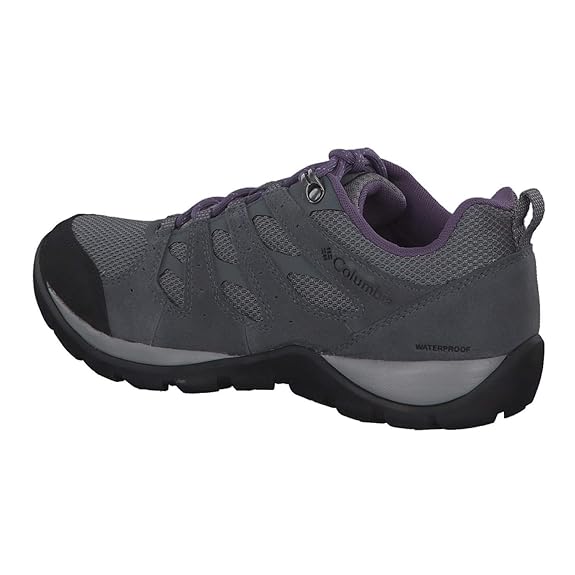
Columbia Womens Peakfreak X2 Outdry Hiking Shoes
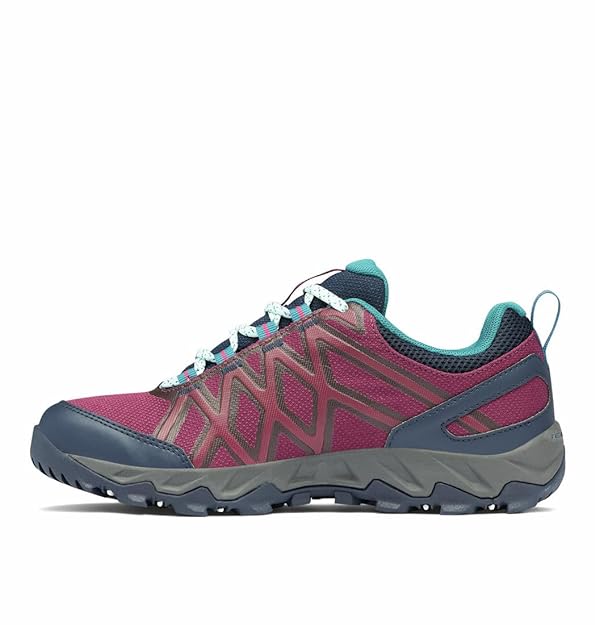
Sparx Women’s Shoe for Trekking Hiking & Walking
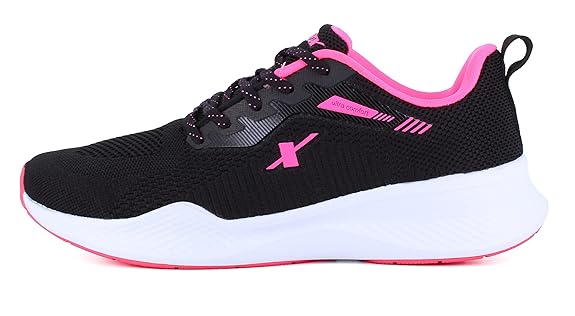
Columbia Womens Vent Aero Boot
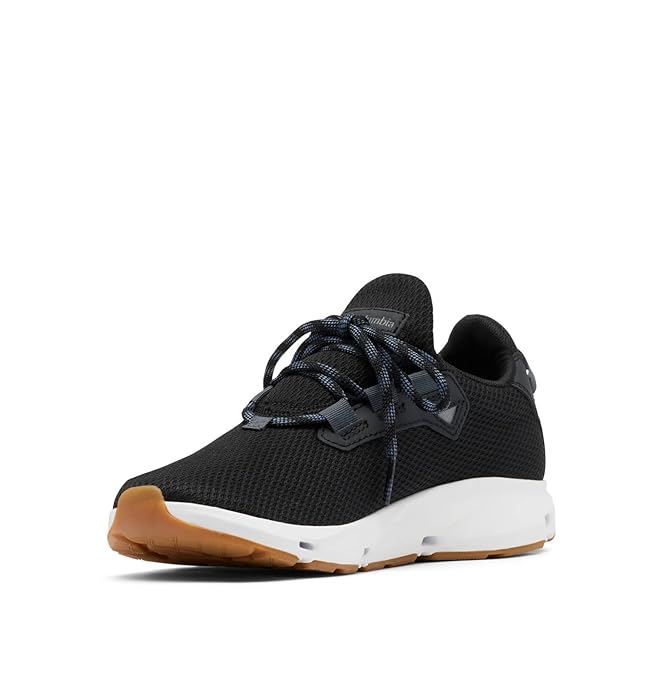
Columbia Womens Trailstorm Mid Waterproof Boot
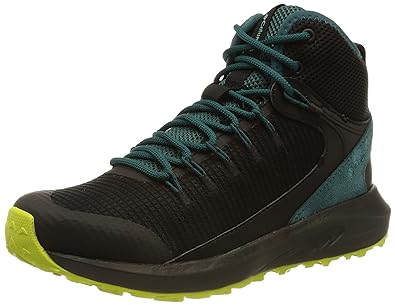
Columbia womens Trailstorm Peak Mid Boot
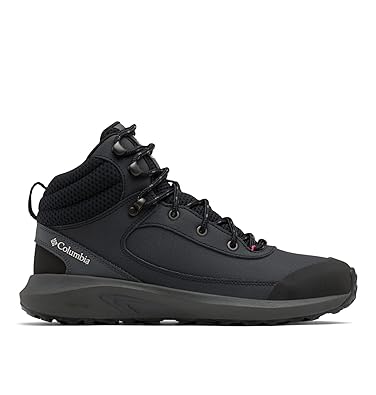
Columbia Womens Trailstorm Waterproof Hiking Shoe
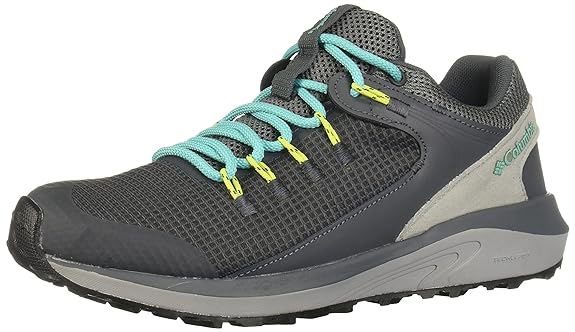
Trekking Shoes Anti-Skid Hiking Shoes Slip Resistant Mountain Boots
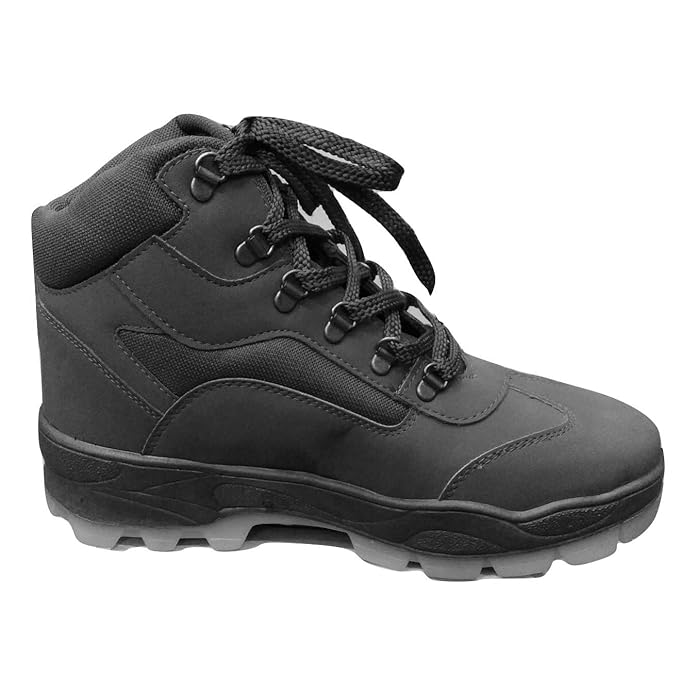
KEEN Targhee III WP Womens Walking Shoe
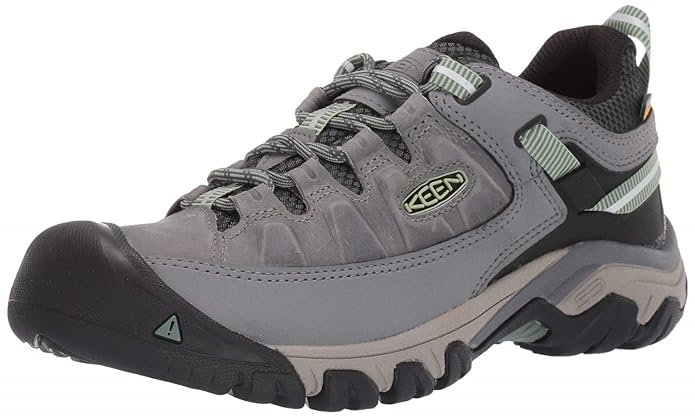
KEEN Women’s Pyrenees Mid Height Waterproof Hiking Shoe
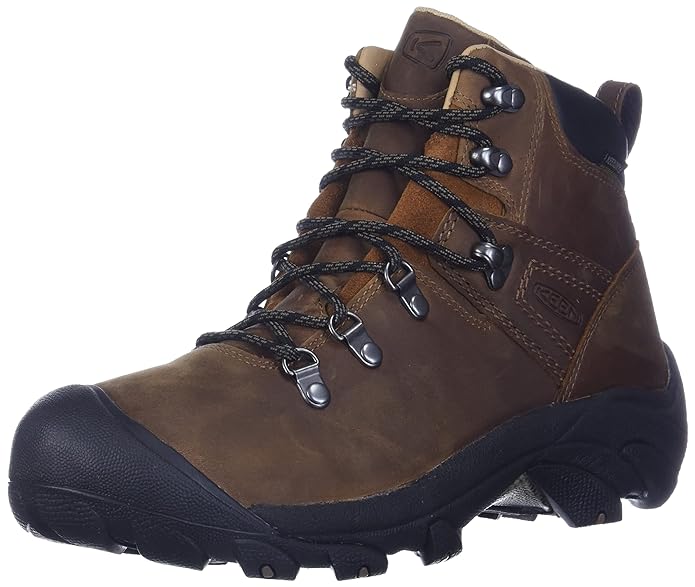
KEEN Women’s Terradora Mid Wp-w Hiking Boot

Merrell Women’s Alverstone Waterproof Hiking Shoe
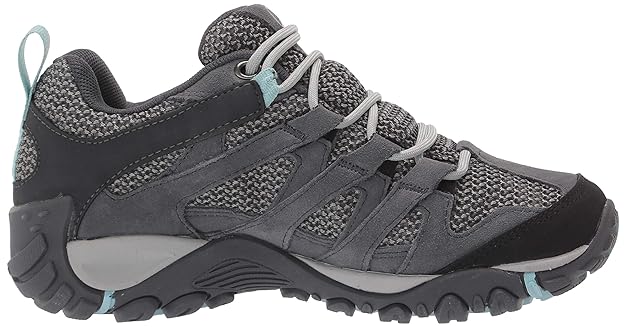
Merrell Women’s Bravada Waterproof Hiking Shoe
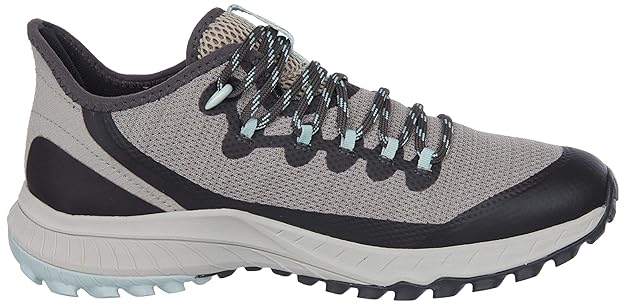
2. Trail Running Shoes
Trail running shoes are lightweight and flexible, making them an excellent choice for less strenuous hikes. They offer agility and are designed for speed and comfort.
3. Hiking Sandals
For those who prefer an open-toed option, hiking sandals are a viable choice. They are perfect for water crossings and hot climates, offering breathability and quick drying.
4. Approach Shoes
Approach shoes bridge the gap between hiking boots and climbing shoes. They are suitable for technical terrains and offer excellent grip for scrambling.
Choosing the Right Trekking Shoe
1. Know Your Terrain
Consider the type of terrain you’ll be trekking on. For rugged trails, opt for hiking boots. For lighter hikes, trail running shoes may suffice.
2. Consider Ankle Support
If ankle support is vital for you, opt for hiking boots or mid-cut trail running shoes. Low-cut shoes are more flexible but offer less ankle protection.
3. Focus on Comfort
Ensure your trekking shoes fit snugly but leave enough room for your toes to wiggle. Remember that your feet may swell during long hikes, so allow for some extra space.
4. Waterproof vs. Breathable
If you’ll encounter wet conditions, waterproof shoes are a must. However, if you’re hiking in hot weather, breathable shoes will keep your feet cool and dry.
Maintaining Your Trekking Shoes
1. Cleaning and Drying
After each trek, clean your shoes and allow them to dry thoroughly. This prevents the buildup of dirt and extends their lifespan.
2. Replacing Insoles
Invest in quality insoles for added comfort and support. Replace them periodically to maintain the cushioning.
3. Resoling
If the soles wear out, consider resoling your shoes instead of buying new ones. It’s a cost-effective way to prolong their usability.
Choosing the right trekking shoes for women is essential for a safe and enjoyable outdoor adventure. Consider your terrain, comfort, and personal preferences when making your selection. Remember that well-maintained trekking shoes will accompany you on numerous journeys. So, invest wisely and embark on your next trek with confidence.
The Benefits of Choosing Best Trekking shoes
The proper footwear is crucial for women who enjoy being outside and go on challenging walks and excursions. An excellent pair of Trekking Shoes for Women is one of the best purchases a trekker can make. In this article, we’ll examine the many Benefits of selecting Trekking shoes made just for women.
1. Defence against wet conditions
The main benefit of Trekking Shoes for Women is obvious from the name:
they keep your feet dry. These shoes serve as a water-resistant barrier, whether you run across puddles, wet terrain, or unexpected river crossings. This guarantees comfort and guards against blisters and other foot issues brought on by moist feet.
2. Versatile for All Seasons:
Women trekkers recognize the need of being ready for all weather conditions. The best trekking shoes for all seasons are those that are waterproof. Having shoes that resist moisture allows you to walk in every weather, from spring showers to winter snowmelt.
3. Greater Comfort on Moist Trails:
It might be difficult to cross muddy pathways, especially if your feet are continually wet. Trekking boots offer a level of comfort that is unmatched by normal footwear. You can concentrate on the wonders of nature rather than the misery of damp socks and shoes since they keep your feet toasty and dry.
4. Decreased Chance of Blisters and Foot Problems:
Blisters and other foot ailments are more likely to occur in wet situations. Long-term moisture exposure to your feet can cause friction between your skin and the shoe, which can result in painful blisters. By keeping your feet dry and decreasing friction, waterproof hiking shoes stop this, ensuring a more relaxing journey.
5. Increased Stability:–
Trekking Shoes of high quality are made to last. They are made to handle the hardships of outdoor activities, such as rough terrain and difficult paths. Female trekkers may rely on their shoes to last through several trips and deliver dependable performance by investing in sturdy footwear.
6. Control of Temperature
Trekking shoes for women with waterproof membranes frequently have permeable membranes that let moisture out while keeping water out. This feature aids in controlling the interior temperature of the shoes, keeping your feet comfortable in a variety of weather circumstances.
7. Defence against muck and mud:-
For hikers, navigating muddy and sludgy routes is typical. Trekking shoes for women that are waterproof offer a barrier that stops mud and other filth from getting inside your shoes. In the messiest situations, this keeps your feet dry and clean.
8. Enhanced Traction:-
Numerous waterproof hiking boots include high-traction outsoles. This innovation lowers the chance of slips and falls by providing a firm grip on slick surfaces. Women who walk can confidently negotiate difficult terrain without being concerned about losing their footing.
9. Convenient for Long Trek’s:-
Comfortable shoes are necessary for long trekking. For long outdoor expeditions, support and cushioning are provided by trekking shoes for women. Even during all-day journeys, your feet will remain pain-free because to their comfort.
10. Trustworthiness in Any Weather:-
The confidence that female trekkers gain from wearing waterproof trekking shoes may be one of their most important advantages. You can concentrate on the enjoyment of Trekking and environment exploration knowing that your feet will remain dry and comfy regardless of the weather.
THE SCIENCE OF TREKKING SHOES FOR WOMEN
Regular trekking shoes and waterproof trekking shoes for women are frequently options when looking for the ideal pair of outdoor footwear. Have you ever questioned how these shoes can keep your feet dry even in slick and difficult circumstances? It’s science as well as magic. We’ll go into the interesting science of waterproofing in these instructions for trekking shoes for women.
Knowledge of Waterproof Membranes
A wonderful technology known as waterproof membranes is at the core of waterproof trekking shoes for women.
Although these membranes are exceedingly thin, they serve an important purpose by keeping water out while enabling internal moisture to leave.
Gore-Tex and eVent are the two most popular waterproof membrane types found in trekking footwear.
Gore-Tex:
Expanded polytetrafluoroethylene (ePTFE), a material renowned for its waterproof and breathable qualities, makes up this well-known membrane.
The ePTFE material has billions of microscopic pores that are 700 times larger than a molecule of water vapour and 20,000 times larger than a water droplet.
Gore-Tex’s distinctive structure enables it to reject liquid water while allowing water vapour, like sweat, to escape from the foot.
eVent:
eVent uses a waterproof membrane technology based on ePTFE, much like Gore-Tex.
But it has proprietary Direct VentingTM technology, which allows for immediate moisture evacuation.
This indicates that eVent membranes are highly breathable in addition to being waterproof, guaranteeing that your feet stay dry and comfortable.
DWR’s (Durable Water Repellent) Function:
Membranes that are waterproof are only one aspect of the problem. Trekking shoes frequently have a Durable Water Repellent (DWR) treatment applied to the exterior material.
This process improves the shoe’s water-shedding capabilities and keeps the outer fabric from becoming saturated.
Water is prevented from soaking into the material of the shoe by DWR, which modifies the surface tension of the liquid.
It serves as a shield-like addition to the waterproof membrane’s purpose.
Using Seam Sealing to Completely Protect
Trekking shoe makers use a procedure called seam sealing to make sure that no water penetrates through the seams and stitching. This entails covering the seams with waterproof tape or sealant to create a watertight barrier.
It’s a rigorous process that improves the shoe’s overall waterproofing by removing any potential entry spots for water.
Moisture management and breathable materials:
Both waterproofing and breathability are essential. Moisture is naturally produced by your feet, especially when you exercise like hiking.
This moisture may cause irritation and blisters if it is kept in the shoe. This is where the study of breathability is useful.
Water vapour (sweat) can be expelled from the inside of shoes thanks to the small pores in waterproof membranes and the moisture-wicking qualities of some shoe materials.
This keeps your feet dry by avoiding the infiltration of external moisture as well as by promoting the evaporation of internal moisture.
The Value of a Good Fit:
The efficiency of waterproof trekking shoes for women hinges on a suitable fit, therefore it’s equally crucial to understand the physics behind waterproofing.
A secure but comfortable fit guarantees that the shoe’s waterproofness. The ability of the shoe to keep your feet dry can be compromised by too much space or a fit that is too tight.
FAQs
How do I break in new trekking shoes for women?
To break in new trekking shoes for women, wear them for short walks or hikes before your big adventure. This helps mold them to your feet and prevents blisters.
Are waterproof Trekking shoes for women suitable for all seasons?
Waterproof shoes are best for wet seasons or trails with water crossings. In dry climates, breathable shoes are more comfortable.
Can I use hiking sandals for long treks?
While hiking sandals are great for some situations, they may not provide the necessary support for long treks on challenging terrains.
How often should I replace my trekking shoes?
The lifespan of trekking shoes for women depends on usage. As a general guideline, consider replacing them every 500-700 miles or when you notice significant wear and tear.
What should I do if I develop blisters while trekking?
If you develop blisters, it’s essential to address them promptly. Carry blister treatment products in your first-aid kit and follow proper blister care techniques to prevent infection and further discomfort.

